Logo loyalty pushes middle school students to spend excessive amounts
The pressure to buy expensive brands for a logo is prominent with middle school students in the Maize community.
With the help of a well known logo, large brands such as Adidas, Nike, and Vans sell products for high prices to people as young as sixth grade. As the prices of these brands skyrocket, students are pressured to buy the expensive clothes, giving brands the opportunity to build logo loyalty.
February 1, 2022
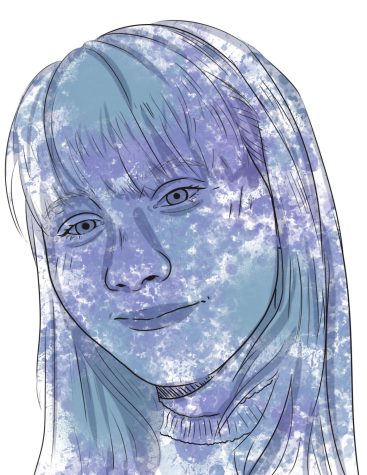
What makes it cool to buy a $70 pair of Converse?
What about a pair of $100 Lululemon leggings?
What is it that makes the shoes from Walmart so much more “uncool,” than the $70 Converse?
Is it the quality of the product or the addition of a logo?
Can’t similar products be found for lower prices without the logo?
Brand pressure is an ongoing issue in schools in the Maize district and surrounding Wichita schools and is largely seen in the early parts of middle school.
Whether it is social media or popular opinion in school, many students as young as sixth grade feel this pressure to buy expensive products for a logo.
“Overall I feel like social media is what makes things popular or like, ‘this is in,’ is through social media,” Maize South eighth grader Clara Stover-Brown says. “And then at school it’s like, what are the popular kids wearing? Like what did they do? What did they say? And I feel like sixth and seventh grade more than now was when people actually followed that.”
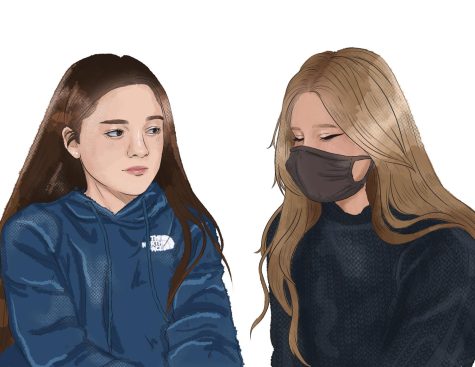
Coming into middle school, students are given the first opportunity to choose their own clothes and develop their fashion sense, which can lead to judgement from older grades.
“In elementary school you don’t really care,” Maize South middle school eighth grader Brylee Beauchamp says. “You just wear whatever you want and then you get to middle school and there’s all these older people and everyone judging you and you just want to fit in.”
Coming into middle school puts extreme pressure on students to fit in, say the right thing, and overall just be accepted.
Director of Research at the University of Kansas Department of Pediatrics, Caroline Schmidt, emphasizes that middle school is a crucial part of development in the lives of students.
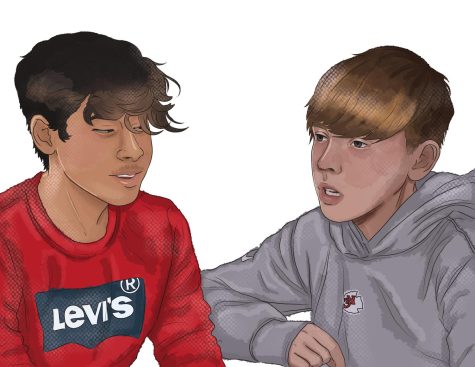
“Other than infancy, middle school is probably the biggest period of growth and change in terms of kids’ bodies and brains,” Schmidt says. “It is a time of great instability and often middle schoolers don’t have the ability to deal with these mental and physical changes in a healthy way. They are trying to make sense of the changes and how they impact their place in the world, which can be really scary.”
Walking through the halls wearing the most popular brands is almost a reassurance for many middle school students that they fit in; that they do belong; and that their friends accept them.
“It’s really a logo, like ‘oh that’s Nike,’ but then if you just wear weird clothes for like an activity or something, then people will be like ‘oh what is that?’ and just be judgmental,” eighth grader Byrlee Beauchamp says.

Although these comments said in passing through the hall can have the intent of a joke, many of the statements go deeper than surface level to the receiving end.
“When people make jokes like, say somebody says ‘wow imagine not owning Lululemon,’ it can come off as a joke but it goes deeper than that and other people will see that it isn’t nice; that it goes into bullying,” Lila Johnson, Maize South middle school eighth grader says. “I think that’s part of the reason why a lot of people have such bad mental health is because they get made fun of for how they look or what they wear.”
Different types of clothing can also play a role in whether or not students feel pressured to buy something for the brand.
“It depends on the day I guess. If I’m wearing leggings, probably not but if I’m wearing shorts then yeah, it’s probably Nike, Adidas, or Lululemon or something,” Maize Middle eighth grader Natalie Younger says. “If you like running shorts, you want a better brand because you’re running in it or like, running shoes. You want your feet to feel good while you’re running.”
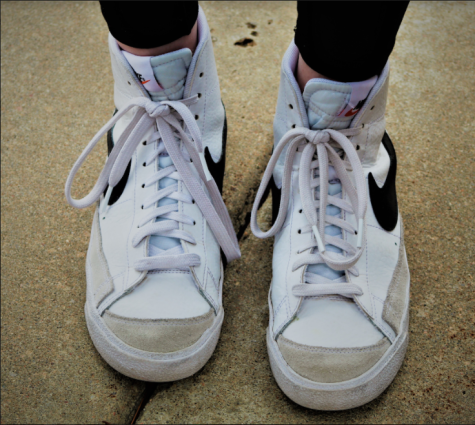
Brand pressure is also still notable at schools, such as Bishop Carroll, where there is a dress code in place. Junior Caitlyn Hampel believes the dress code helps, but does not completely stop the issue
“I feel like brand pressure is still prominent at my school even though we wear uniforms,” Hampel says. “It can be through what brand of backpack, shoes, or accessories you have. Also for dress down days and school events where we have more freedom on what to wear there is definitely an underlying pressure.”
In middle school, parents are the main source of money and resources for their children, meaning if their child wants new Nike shoes, the price tag goes straight to them.
The reliance of middle school students on their parents’ credit cards can cause arguments in the family.

“I’d want to buy a pair of sweatpants or something and they’re Nike brand,” Maize South eighth grader Anna Doyon says. “My mom’s like, ‘We could get like the exact same thing at Costco or something,’ but like, I don’t want the Costco and she’s like ‘well if you don’t want the Costco ones then you’re not going to get any,’ and stuff like that.”
Through the transition period between elementary school and middle school, some students find themselves able to avoid the pressure to buy for a logo by sticking to what they like and believe.
“I think kids with higher internal motivation probably do a better job of avoiding falling into the pressure of brand focus,” Caroline Schmidt says. “These kids are motivated by personal reward, not by other’s perception of them. For example, they may want to win a race for personal satisfaction of performing their best, not for the medal or praise from others.”
Seventh grade student from Maize Middle, Allison Owens, has never felt the need to think twice about the clothes she wears every day.
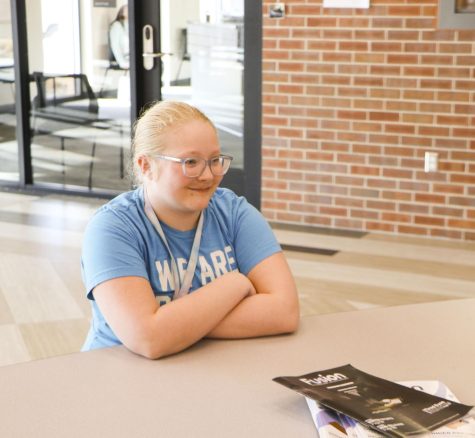
“I wear Advocary because my mom used to work there, so she just had a bunch of shirts that she gave me,” Allison Owens says. “So just find one in my laundry and be like, ‘that’s what I’m wearing today.’ It works, I don’t care”
Family plays a big role in the style choices of middle school. Maize South Middle student Sydney Schumaker recognizes that her mom is the one that helped her not fall into the pressure to buy brands for a logo.
“Me and her’s main goal is to be comfortable in what you’re wearing. Even if you do want to dress up occasionally, you can still be comfortable and most on brand things I just don’t feel comfortable in,” Schumaker says. “So she’s taught me that because she’s not an on brand person or a dress up every day person”

Avoiding brand pressure goes hand in hand with learning to accept that everyone is different and brand of clothing is not the most important thing about someone’s life.
Parent influences and stories from their childhood can also affect how middle school students view their own financial situations and think about the clothes they wear on a daily basis.
“She would tell me stories about how she grew up and how she had like two pairs of pants so be grateful for what you have,” Clara Stover-Brown says. “Like growing up it was always encouraging not going that direction.”
“I used to be friends with all of the popular kids and there was so much pressure to do what they did and wear what they did and then finally I found my own friend group and I realized that like that stuff really doesn’t matter because if they’re truly your people, they don’t really care at all,” Clara Stover-Brown says. “So just growing up and becoming myself and realizing what’s actually important; not what you’re wearing.”


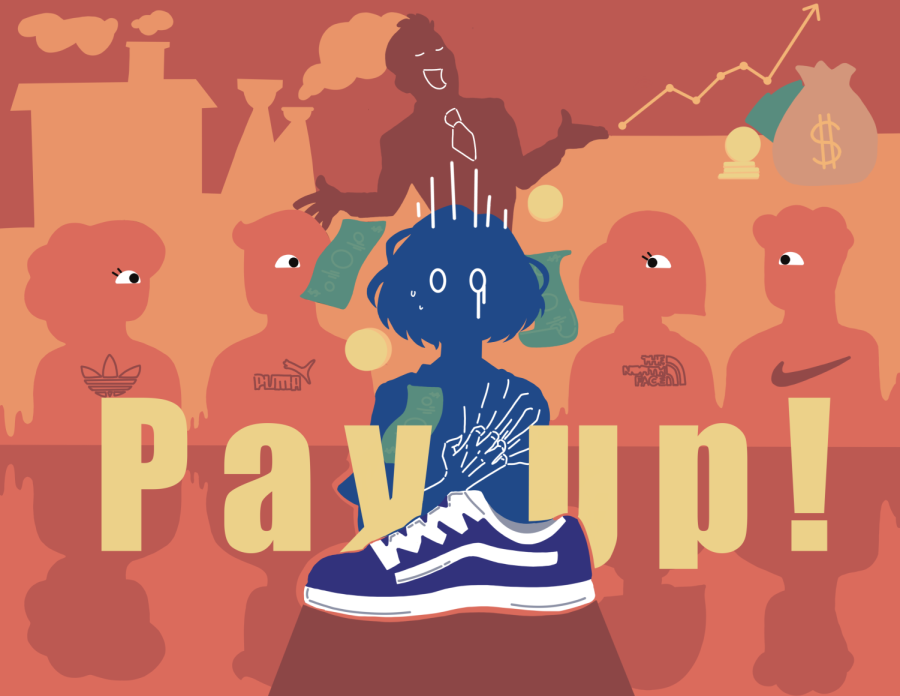
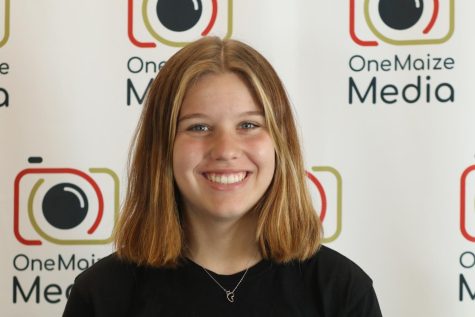

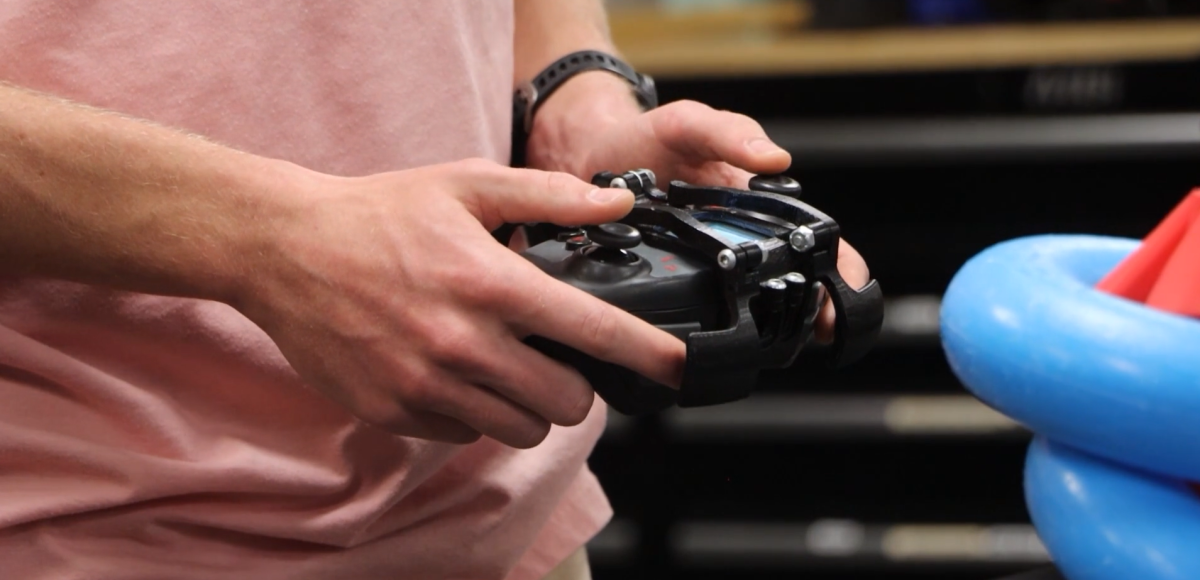
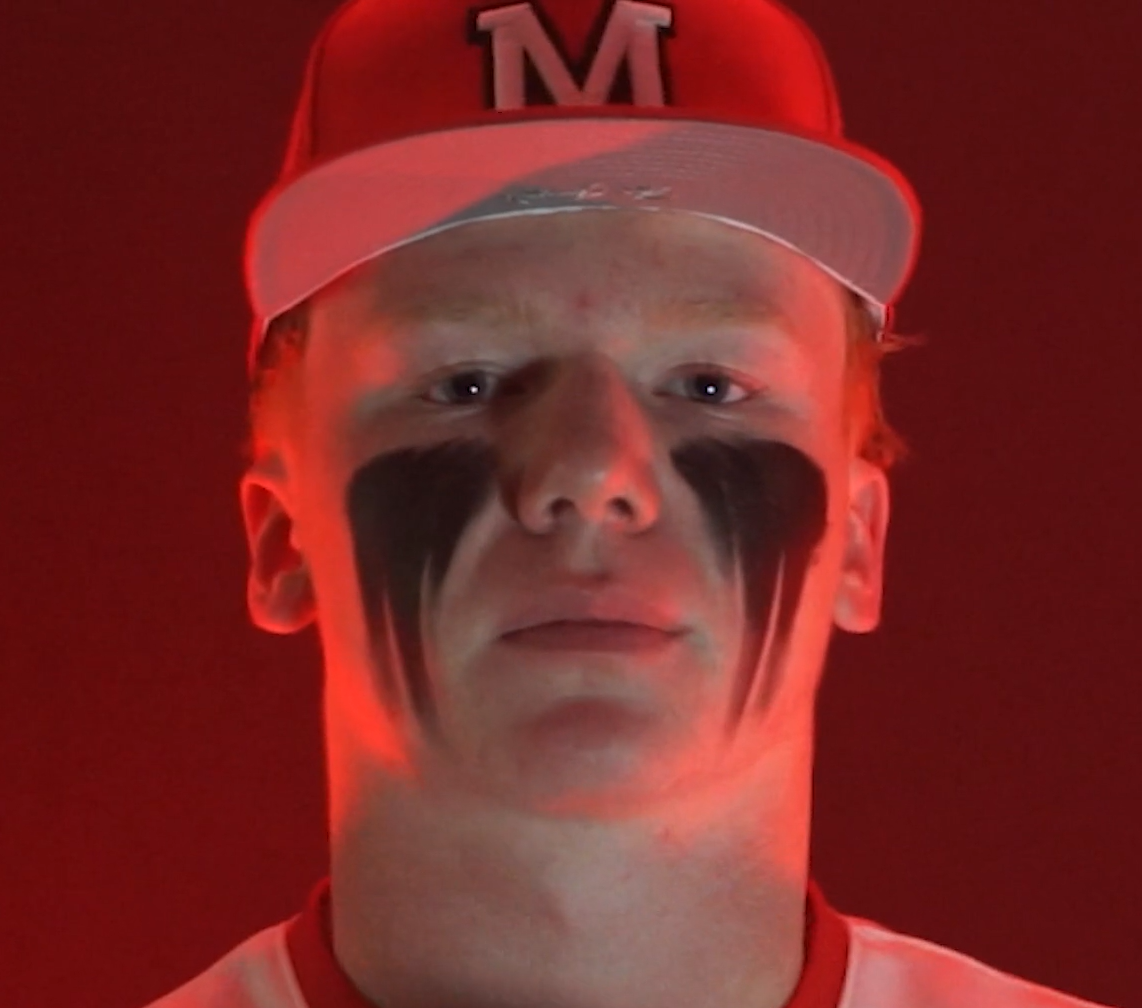
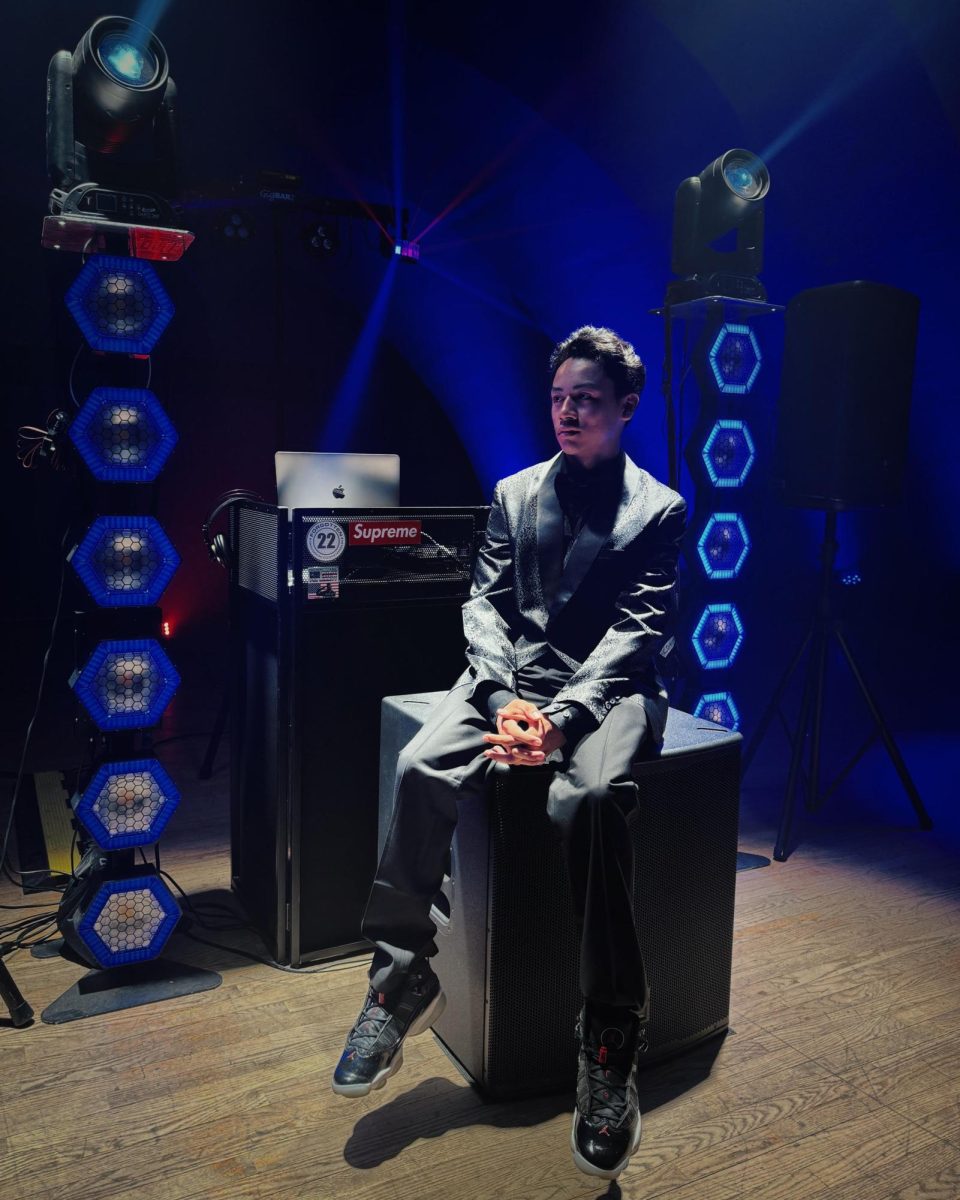
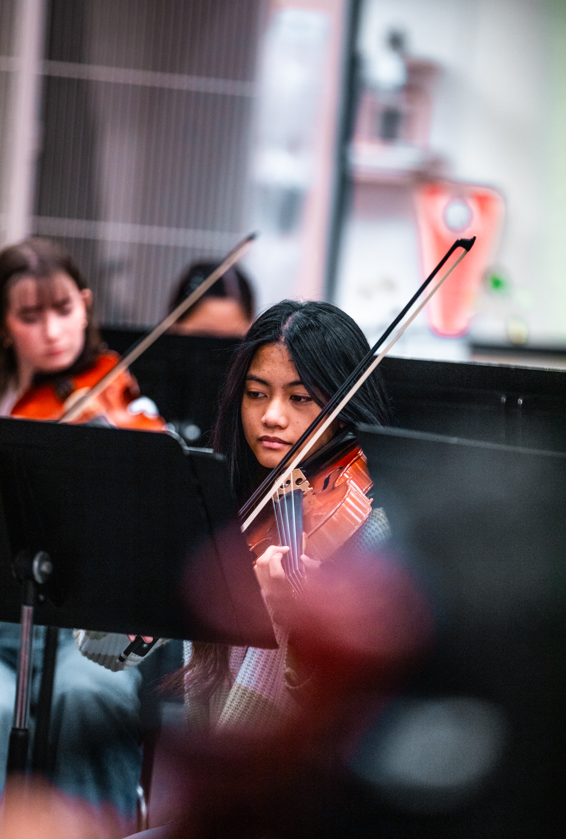
Madyson Clark • Feb 9, 2022 at 9:12 pm
Hi, when I was interviewed for this, I guess no one asked or bothered to get my name. So I’m just a random person wearing a blue North Face hoodie with answered questions that never got into the story.
Spencer O'Daniel • Feb 10, 2022 at 2:58 pm
I’ll talk to reporter tomorrow and we’ll get your name in, Madyson! Our apologies and we’ll get it fixed.